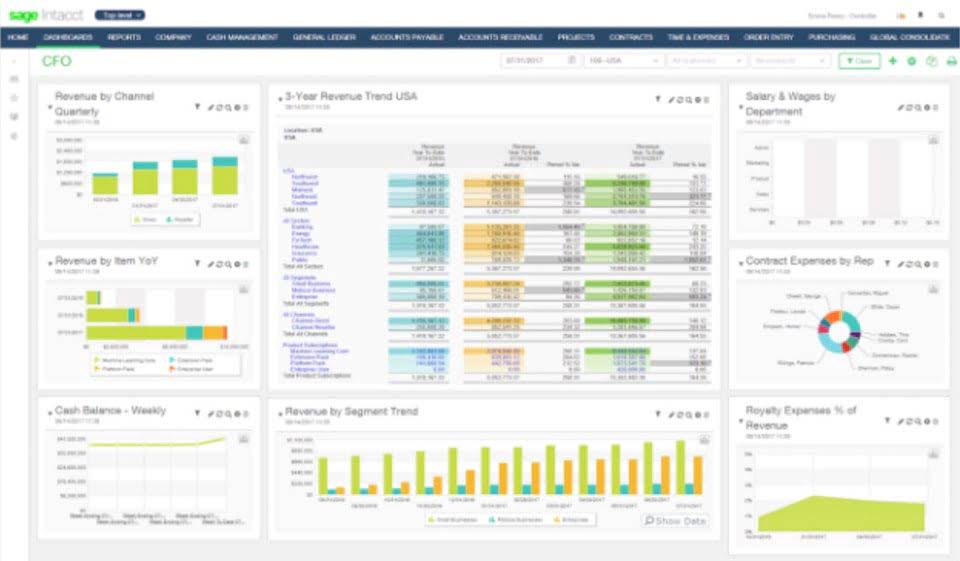Preparing the Master Budget: Step-by-Step Guide

One of the most common mistakes businesses make when creating a master budget is overestimating their revenue. This can occur when businesses base their revenue projections on unrealistic assumptions, such as assuming that sales will grow exponentially without considering market conditions or competitors. To avoid this mistake, businesses should base their revenue projections on historical data, market research, and other relevant factors. Businesses make several common mistakes when creating their master budgets, leading to inaccurate or unrealistic financial projections.

Direct Materials Purchases Budget

Putting capital to work in a calculated, thoughtful way will give you a better shot at reaching your desired business outcomes. Some firms may not use one or another of the budgets, but most use some what is a master budget form of all of them. In today’s uncertain economic environment, budgetary planning is more critical than ever. The master budget allows organizations to thoughtfully steer their financial course.
- To avoid this mistake, businesses should carefully consider their cash flow projections and ensure they have enough cash to cover their expenses.
- The master budget includes all the lower-level budgets, such as sales, production, marketing, and cash.
- In fact, Jerry’s Ice Cream will have a hefty reserve of cash totaling $155,576 at the end of the fourth quarter.
- This is particularly important during times of crisis, when businesses may experience cash flow disruptions.
- To avoid this mistake, businesses should base their revenue projections on historical data, market research, and other relevant factors.
- After completing this step, you will need to estimate a budget for Selling, General, and Administrative Expenses.
- A master budget gathers a company’s lower-level budgets and incorporates them into one central document for ease of reference.
Why Is It Important to Review and Adjust the Master Budget Regularly?
Here are some of the most common mistakes businesses make when creating a master budget and how to avoid them. External factors, such as changes in the market, competitor activity, or economic conditions, can impact the company’s ability to achieve its strategic goals. These factors should be considered when developing the master budget, and contingency plans should be developed to mitigate potential risks. The master budget should be reviewed regularly to align with the company’s strategic goals. This includes monitoring progress toward achieving the goals and making adjustments as necessary to ensure that the budget supports the strategic objectives.
How Do Businesses Ensure That Their Master Budget Aligns With Their Strategic Goals?
Data analytics tools can help businesses forecast future financial performance and identify potential risks and opportunities. Various budgeting software is available to help businesses streamline and automate the budgeting process. These software tools allow businesses to create and manage budgets, track expenses, and generate reports. Budgeting software can help businesses identify areas to reduce costs and increase profitability.

- This can occur when businesses fail to consider all the costs of running their operations, such as marketing, maintenance, and employee salaries.
- Accounts receivable at the end of last year totaled $200,000, all of which will be collected in the first quarter of this coming year.
- If you’ve been in business for a while, you can use totals from previous years to guide you through the financial projections needed to create the financial budget.
- It’s important to keep this in mind when gauging the accuracy of any master budget – particularly if it involves input from multiple departments.
- D See Figure 9.5 “Direct Materials Purchases Budget for Jerry’s Ice Cream” for the direct materials purchases budget.
- Input from all levels ensures the master budget is accurate and reflective of operational needs.
One issue that can crop up is the fact that some figures are more difficult to estimate than others. For example, net change in working capital can fluctuate, particularly during periods of rapid growth. With more sales, there’s a higher need for more inventory – which can lead to negative cash flows before the resulting payments come in. In addition to the budgeted financial statements, the master budget also showcases a financing plan and cash flow forecast.
Direct Materials, Labor, and Overhead Budget
There may also be a discussion of the headcount changes that are required to achieve the budget. The first tab is for the sales budgetworksheet, the second tab is for the production budget worksheet,the next tab is for the direct materials purchases budgetworksheet, and so on. All these worksheets are linked so changes tocertain estimates are reflected in the appropriate budgetschedules. The bottom section of the cash budget is where the ending cashbalance is calculated for each budget period. The managerresponsible for cash planning, typically the treasurer, scrutinizesthis section carefully.

Step 6: Account for cost of goods sold
- The cash budget states cash inflows and outflows, expected borrowing, and expected investments, usually on a monthly basis.
- Creating the smaller budgets using a standard budget format makes the creation of the master budget simpler and more accurate.
- Metrics should be developed to measure progress toward achieving the strategic goals.
- The labor and hiring budget will manage employee costs and ensure the company has the necessary staffing levels to meet production targets.
- Changes in the economy, customer demand, or the industry as a whole can all have a significant impact on a business’s financials.
- A budget committeeA group within the organization responsible for overseeing and approving the master budget.

